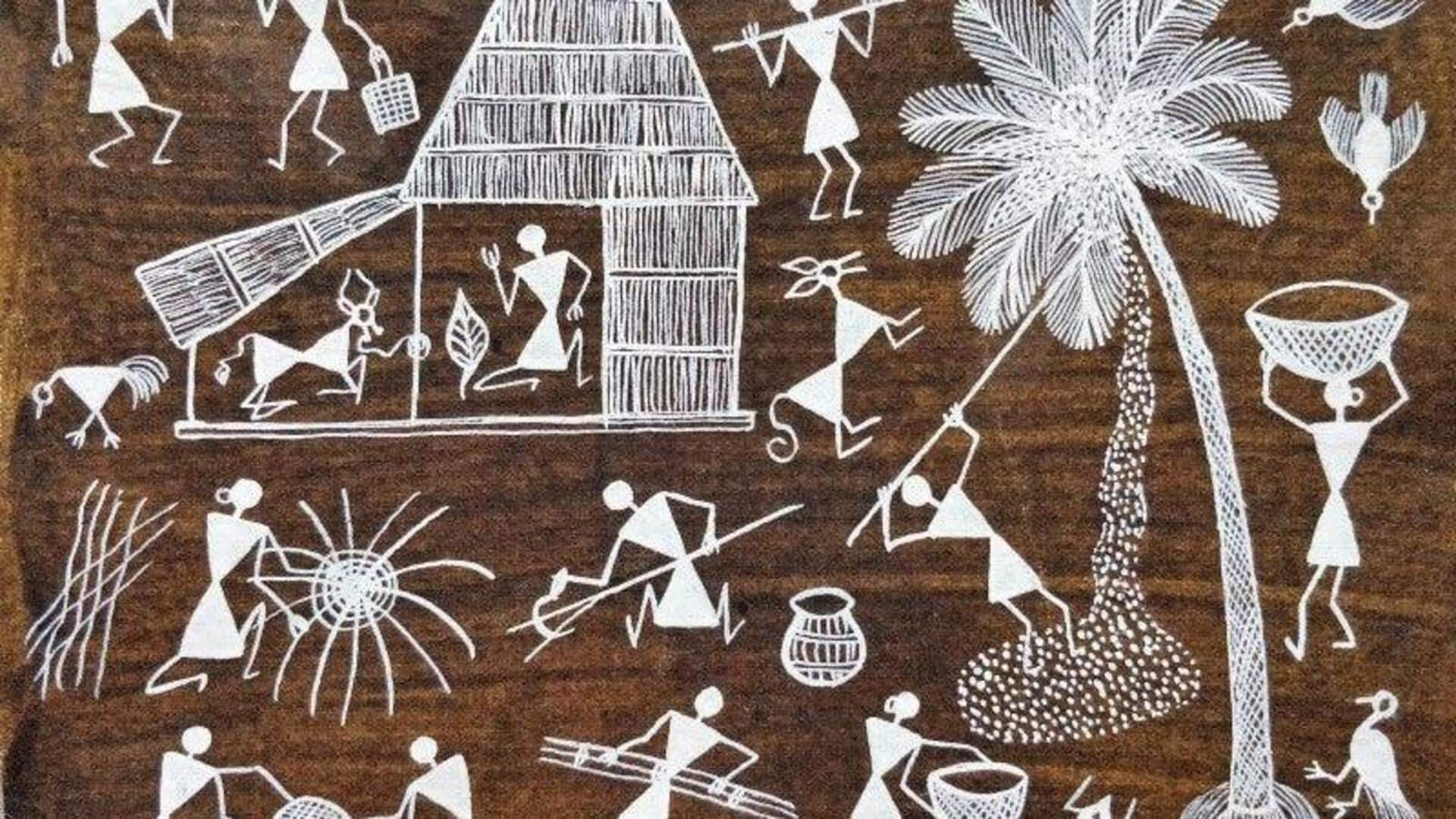
Exploring Warli painting techniques
What's the story
Warli painting is an ancient art form that originated from Maharashtra's indigenous tribes in India. Famous for its simplistic yet profound style, Warli art employs basic geometric shapes to portray scenes from daily life and nature. Not just a visual treat, this art form is a cultural narrative preserved through generations. The techniques involved in creating Warli paintings are unique and deeply rooted in Warli tribe's traditions.
#1
Traditional materials used
Traditionally, Warli paintings use natural materials available in their surroundings. The base is usually cow dung and mud, which gives a rich brown background. For the paint, rice paste mixed with water serves as the main medium to create white patterns on this backdrop. These materials aren't just eco-friendly, but also show the tribe's connection with nature.
#2
Geometric patterns and symbols
The essence of Warli painting has to be its use of geometric shapes like circles, triangles, and squares. These shapes signify various elements of nature; for example, circles signify the sun and moon, whereas, triangles signify mountains or trees. Human figures are commonly depicted with the help of two inverted triangles joined at their tips, demonstrating simplicity, yet narrating complex stories.
#3
Themes depicted in artworks
Warli paintings largely revolve around social life and nature. You will find common subjects like farming, festivals, dances, animals, trees, and day-to-day village life. These themes capture the essence of the community's lifestyle and their bond with nature. Every painting is a story in itself that speaks volumes of cultural significance.
#4
Modern adaptations of Warli art
Recently, Warli art has adapted from traditional canvases like walls/floors of huts to modern mediums of paper/fabric for commercial purposes such as clothing/home decor items. Artists today also play with colors other than white on brown backgrounds while keeping traditional motifs, making sure this ancient art form continues to flourish in the face of modern influences.